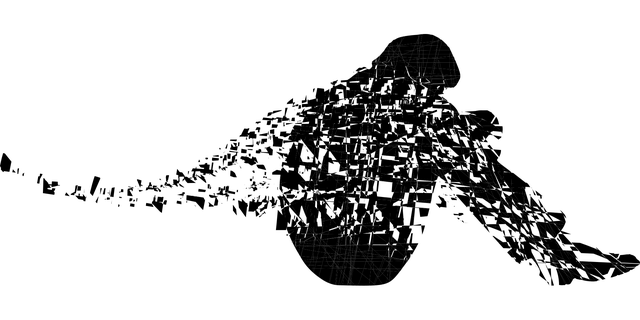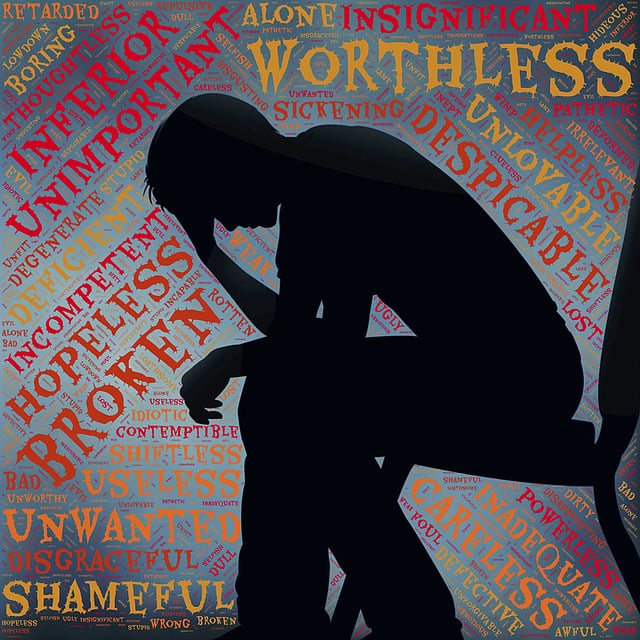Greenwood Village Child Abuse Therapy prioritizes child safety through comprehensive risk assessment and harm minimization strategies. By identifying emotional trauma, behavioral issues, and re-traumatization as key risks, therapists conduct regular assessments to devise effective interventions. This holistic approach integrates stress management, mental health education, and evidence-based practices to empower children and adults alike. Dynamic monitoring, strategic planning, and continuous improvement ensure the therapy center stays responsive to evolving client needs and societal changes, providing innovative, compassionate care.
In the sensitive field of Greenwood Village Child Abuse Therapy, risk assessment and harm minimization are paramount. This comprehensive guide explores foundational concepts like understanding risk assessment for safeguarding children, while delving into identifying specific harms within therapy settings. We present a step-by-step approach to developing robust harm minimization plans, accompanied by strategies for continuous improvement and adaptation to evolving risks. By implementing these practices, therapists can ensure a safer, more effective therapeutic environment.
- Understanding Risk Assessment: A Foundation for Safeguarding Children
- Identifying Potential Harms in Child Therapy Settings
- Developing a Comprehensive Harm Minimization Plan
- Implementing Strategies for Effective Monitoring and Review
- Continuous Improvement: Adapting to Evolving Risks in Greenwood Village Child Abuse Therapy
Understanding Risk Assessment: A Foundation for Safeguarding Children

Risk assessment forms the cornerstone of safeguarding children and is a crucial process in Greenwood Village Child Abuse Therapy’s mission to protect vulnerable individuals. It involves meticulously examining potential hazards and dangers that may cause harm to children, both physically and emotionally. By identifying these risks, therapists can develop comprehensive strategies to minimize their impact. This proactive approach ensures a safe environment, fostering growth and development without the shadow of potential abuse or neglect.
The process is deeply intertwined with public awareness campaigns, mental illness stigma reduction efforts, and the design of mental health education programs. By raising awareness about child protection, these initiatives encourage communities to recognize signs of distress or exploitation. Through education, parents, caregivers, and educators gain valuable tools to identify and address issues early on, thereby reducing the overall risk of harm. Greenwood Village Child Abuse Therapy plays a vital role in promoting such initiatives, ensuring that children receive the support and care they need to thrive in a secure environment.
Identifying Potential Harms in Child Therapy Settings

In child therapy settings, identifying potential harms is a critical step in risk assessment and harm minimization planning. Greenwood Village Child Abuse Therapy recognizes that various factors can contribute to adverse outcomes for young clients. These include emotional trauma, behavioral issues, and the potential for re-traumatization during therapeutic processes. Therapists must be vigilant in recognizing signs of distress or potential risks, such as self-harm, suicide ideation, or disclosure of abuse. Regular risk assessments should be conducted to anticipate and mitigate these harms effectively.
Stress management plays a pivotal role in this process, as many children struggle with emotional regulation. Integrating mental health education programs design that focuses on self-awareness exercises can empower children to cope with stress and challenging emotions. By fostering self-awareness and resilience, therapists contribute to the overall safety and well-being of their young clients within Greenwood Village Child Abuse Therapy settings.
Developing a Comprehensive Harm Minimization Plan

Developing a comprehensive harm minimization plan is a multifaceted process that requires careful consideration and strategic implementation. At Greenwood Village Child Abuse Therapy, we understand the profound impact that effective planning can have on safeguarding vulnerable individuals and fostering positive outcomes. By integrating evidence-based practices and tailored interventions, our approach focuses on addressing root causes while promoting resilience and well-being.
This involves a holistic review of potential risks and hazards, encompassing both internal and external factors. For instance, healthcare providers implementing burnout prevention strategies alongside stress reduction methods can mitigate the risk of professional exhaustion. Similarly, in community settings, identifying and mitigating triggers for anxiety relief becomes essential to create safe, supportive environments. Through collaborative efforts and ongoing evaluation, we strive to ensure that our harm minimization plans remain dynamic, responsive, and aligned with best practices in the field.
Implementing Strategies for Effective Monitoring and Review

Implementing effective monitoring and review strategies is a vital component of any robust risk assessment and harm minimization plan. At Greenwood Village Child Abuse Therapy, we understand that continuous evaluation ensures our approach to mental health care remains dynamic and responsive to evolving needs. Regularly scheduled reviews allow us to assess the success of implemented interventions, identify potential risks not initially considered, and adapt our strategies accordingly. This proactive approach not only safeguards clients but also fosters a culture of quality improvement among healthcare providers.
Integrating these practices with the context of Healthcare Provider Cultural Competency Training, Burnout Prevention Strategies for Healthcare Providers, and Risk Assessment for Mental Health Professionals further strengthens our service delivery. By regularly monitoring progress, we can ensure that interventions align with best practices, address cultural nuances, mitigate burnout risks, and ultimately enhance client outcomes—a cornerstone of our commitment to providing compassionate and effective care at Greenwood Village Child Abuse Therapy.
Continuous Improvement: Adapting to Evolving Risks in Greenwood Village Child Abuse Therapy

In the dynamic field of Greenwood Village Child Abuse Therapy, continuous improvement is paramount as risks and societal needs evolve. Effective harm minimization planning requires a flexible approach that adapts to emerging challenges. The therapy landscape is constantly shifting, with new research insights, legal frameworks, and community expectations reshaping best practices. For instance, mental wellness coaching programs have gained prominence in recent years, acknowledging the holistic nature of healing from trauma and preventing burnout among therapists.
By prioritizing continuous improvement, Greenwood Village Child Abuse Therapy can remain at the forefront of innovation. This involves staying abreast of advancements in evidence-based practices, integrating new techniques into treatment protocols, and fostering a culture that encourages open dialogue about mental wellness. Through regular training sessions, case studies, and peer support networks, therapists can enhance their skills while ensuring they provide the most effective and compassionate care to their clients.
Greenwood Village Child Abuse Therapy emphasizes the importance of robust risk assessment and harm minimization planning. By understanding potential risks, identifying harms, and developing comprehensive strategies, therapists can create a safe environment for vulnerable children. Continuous monitoring, review, and adaptation to evolving risks are key to effective protection. This holistic approach ensures that Greenwood Village Child Abuse Therapy remains a leader in safeguarding young minds, providing quality care with the highest standards of safety.














